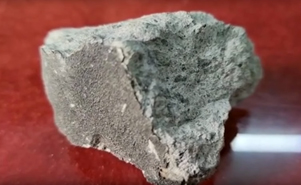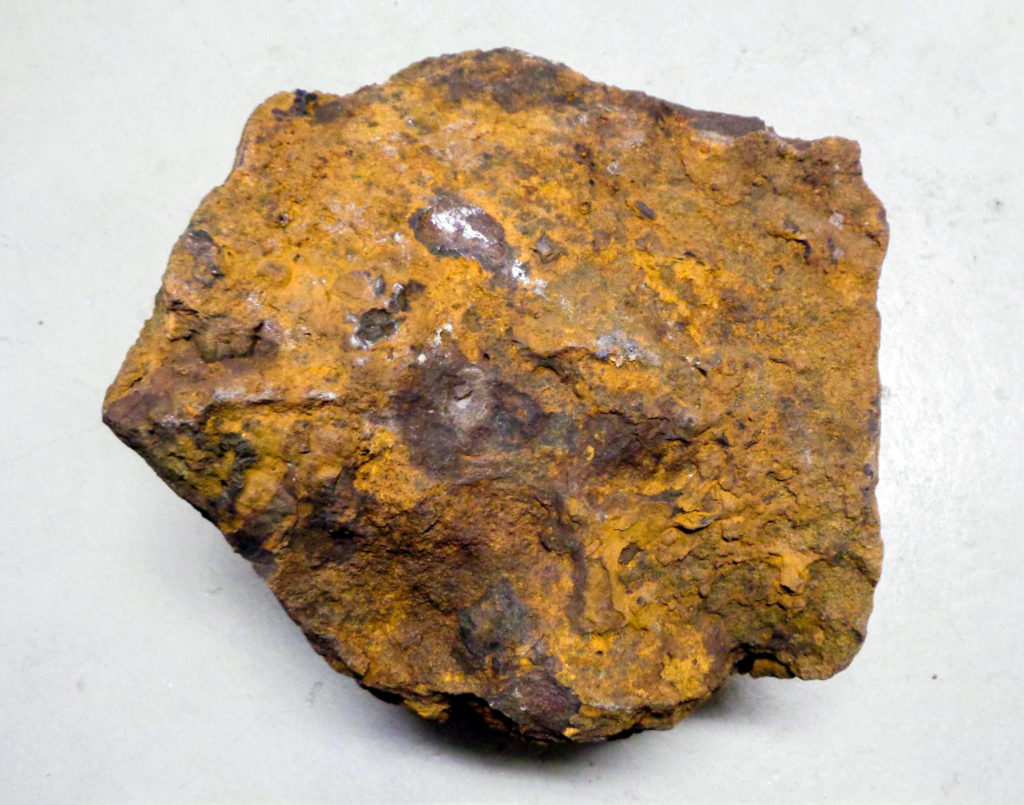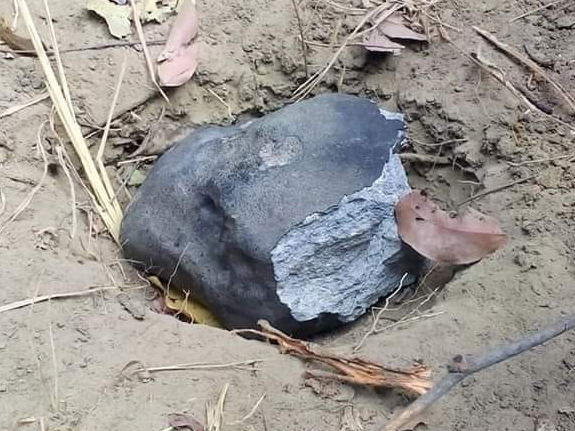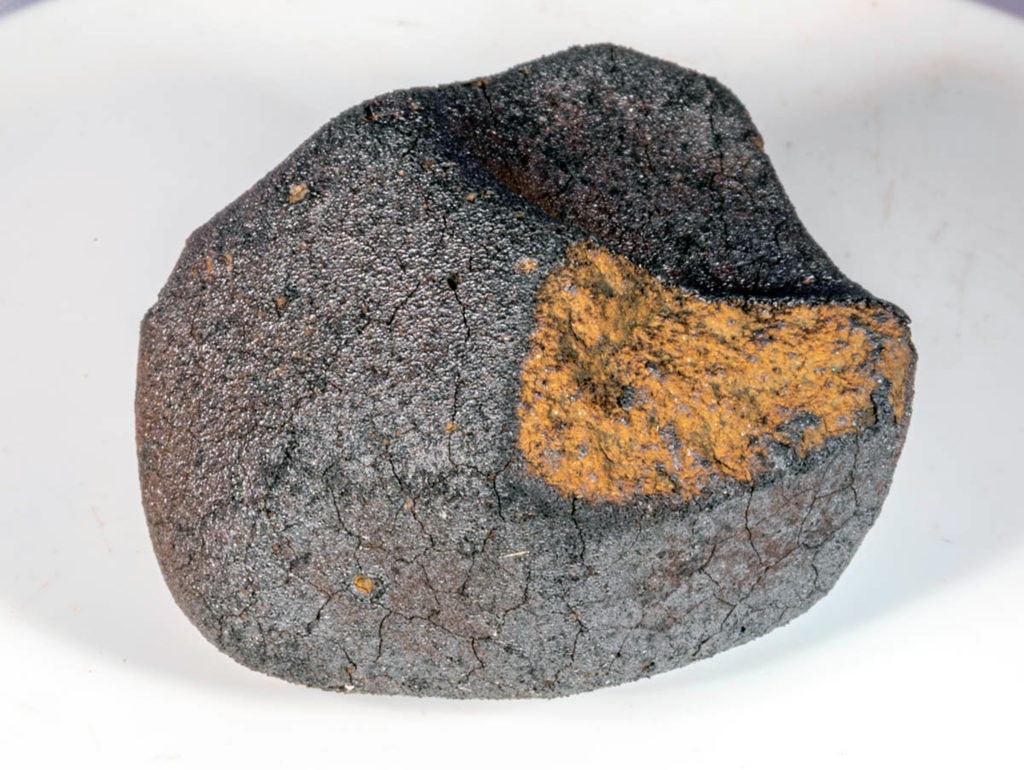A statistical approach to quantifying uncertainty in meteoroid physical propertiesOPEN ACCESS
Maximilian Vovk, Denis Vida, Peter G. Brown
Icarus, In Press, Journal Pre-proof, Available online 23 June 2025
“Highlights
- New statistical approach applied to faint meteor observations to invert physical properties of sub-mm meteoroids to improve spacecraft risk assessment.
- Demonstrated that relying solely on a linear combination of observables is insufficient for accurate bulk density estimation.
- Automated meteor ablation model used to estimate meteoroid bulk density through fits to meteor light-curve and deceleration measurements.
- First objective uncertainty bounds from individual meteor observations applied to recover original meteoroid physical characteristics applied to Perseid meteors.”
“Importance:
Meteoroid bulk density is a critical value required for assessing impact risks to spacecraft, informing shielding and mission design.
Research Gap:
Direct bulk density measurements for sub-millimeter to millimeter-sized meteoroids are difficult, often relying on forward modeling without robust uncertainty estimates. Methods based solely on select observables can overlook noise-induced biases and non-linear relations between physical parameters.
Objective:
This study aims to automate the inversion of meteoroid physical parameters from optical meteor data, focusing on bulk density and its associated uncertainties.
Methodology:
We compare an observables-based selection method (PCA) with an RMSD-based approach used to select among millions of ablation model runs using full light and deceleration curves as constraints. After validating both approaches on six synthetic test cases, we apply them to two Perseid meteors recorded by high sensitivity Electron-Multiplied CCD (EMCCD) cameras and high precision mirror-tracked meteors detected by the Canadian Automated Meteor Observatory (CAMO).
Key Findings:
Our results show that relying only on observables, as in the PCA approach can converge to wrong solutions and can yield unphysical solutions. In contrast, the RMSD-based method offers more reliable density constraints, particularly for bright and strongly decelerating meteor. Small relative measurement precision in brightness and lag relative to the full range of observed lag and luminosity is the key to tight solution
Implications:
We provide the first objectively derived uncertainty bounds for the physical properties of meteoroids. Our approach solves the solution degeneracy problem inherent in forward modelling of meteors. This strategy can be generalized to other showers, paving the way for improved meteoroid models and enhanced spacecraft safety.”
































